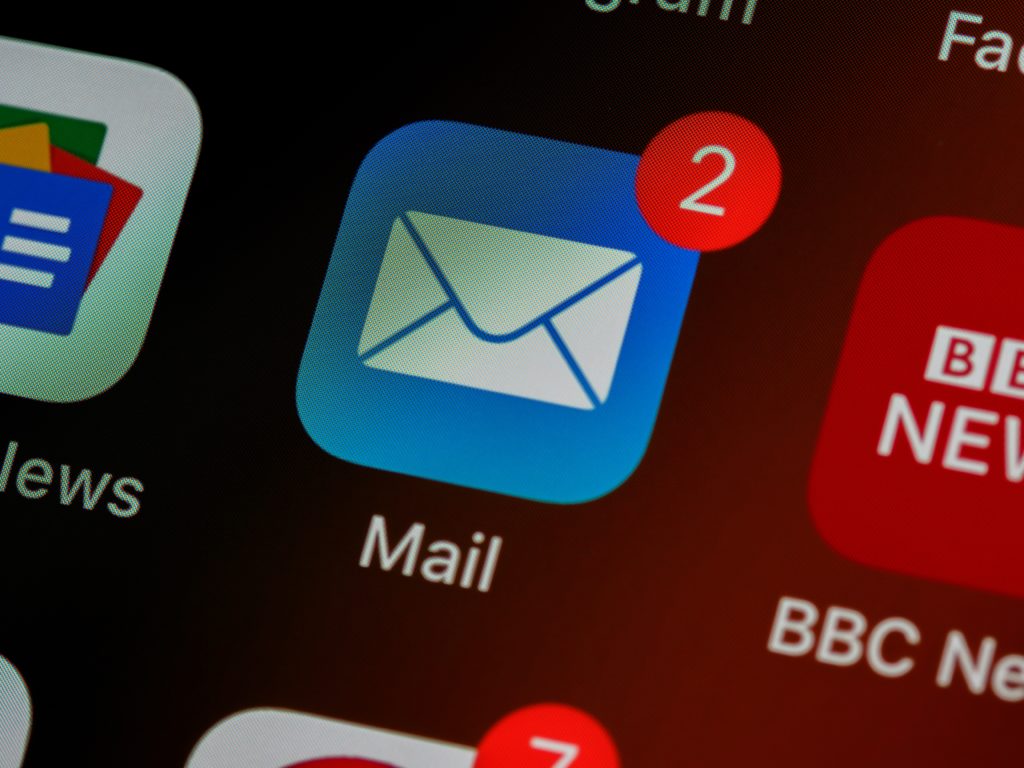
Enjoy this post from the ASJA Confidential archives.
With email traffic exceeding more than 293 billion messages a day, most of us now have a backlog of messages waiting for a response. Despite this trend toward unanswered emails, we get annoyed when others don’t respond to us, or reply in what seems to be a careless manner. So, how can we improve this situation?
Sevenshift CEO & McKinsey advisor Caroline Webb answers that question with ways to catch a busy professional’s attention through email and get a response.
Be Concise and Actionable
Webb’s best seller “How to Have a Good Day” includes these five strategies that outline how to make your emails easier to understand and act on:
- Keep most emails to just a few lines if you can. Use simple language, short sentences, and snappy phrases. Save your rhetoric for your novel or your wedding speech.
- When you must write longer emails, break them up into short paragraphs and make them easy to navigate, maybe using bullets and headings.
- Highlight any action or decision you’re asking the recipient to take. Assume he or she only has time to read the first couple of lines. What would you lead with?
Lead with the Positive
When challenging issues have to be addressed in an email, pick an approach that won’t be misinterpreted. Here are two examples from Webb that begin on a positive note:
- Lead with solutions, not problems. Instead of saying “Unfortunately, our original idea isn’t going to work because … so what we are going to do is … ” lead with your proposed solution: “What we think will work best is … That’s different from our original plan because …” Same content, different sequence, different emotional impact.
- Engage the recipient on why it matters. Suppose somebody’s done something wrong. What do you say? “This is a terrible mess. You absolutely have to fix it.” You’ll get action, but it might be based on defensive rather than smart thinking. Try this approach, which engages their reward system by inviting them to pursue the benefits of resolving the problem: “This is critically important for us to get right because of XYZ. What can you do to fix it?”
Check Your Timing
Now that you have a good idea of what to write, what is the best time to send your email?
Based on the analysis of 14 studies by Nathan Ellering at CoSchedule, get ready to prioritize your send days of critical email in this order:
Tuesday — This is hands down the No. 1 best day to send emails according to the majority of the data from these studies.
Thursday — If you send two (sets of critical) emails a week, choose Thursday for your second day.
Wednesday — While no single study showed that Wednesday was the most popular, it came in second place several times.
While many of the studies found varying results, here is how you can prioritize your send times based on data:
10 a.m.: While late-morning send times were the most popular in general, several concluded that the best time to send emails is at 10 a.m. Another notable time is 11 a.m.
8 p.m.-midnight: This one surprised me, and I bet you didn’t expect that one. It looks like emails generally receive more opens and clicks later in the evening. As Campaign Monitor notes, this is likely due to people checking their email before going to bed.
Follow Up
The organized writer, Kat Boogaard unpacks her proven approach and turns a spotlight on how to follow-up on a freelance writing pitch:
Read the fine print. Many outlets that work with several contributors will have something that appears on their “Contribute” or “Submit” page. “The language may vary from place to place, but the core message is still there: They’re setting an expectation for when you should hear back — if you’re going to at all. It might seem sort of harsh, but I actually prefer this sort of guideline over uncertainty.”
Wait. You looked, and there’s no note like the one above stating that you shouldn’t check in, so, how long should you wait? Based on Boogaard’s experience “At the bare minimum, one entire week. But I usually recommend waiting closer to two before checking in.”
Find a contact. If possible, and after making sure that the pitching instructions allow for a direct connection. Do your research.
Boogaard shares, “If I have the freedom to try other avenues, I’ll search to see if I can find someone relevant to follow up with personally. I’ll search on Twitter, LinkedIn, or even do a Google search for something like “[publication name] managing editor,” “[publication name] editor in chief,” or “[company] content marketing manager.”
Reviewing the fine print, waiting patiently and taking the time to find a personal connection are important keys to successfully pitching in today’s freelance market.
Before Hitting Send
Engaging author and columnist Bill Murphy Jr. reminds us there are many other good practices you can incorporate into your emails that will increase your response rate. Two of my favorites are using the recipient’s name in the greeting (at least sometimes) and writing in an emotionally intelligent manner.
Kelly Isley is a strategist, business leader, author, and former ASJA member, with more than 20 years of experience in the aerospace, aviation, engineering, and health care industries. Isley’s post originally ran in 2020.
Browse Articles
Topic
Productivity, Running Your Business, Networking, Marketing

